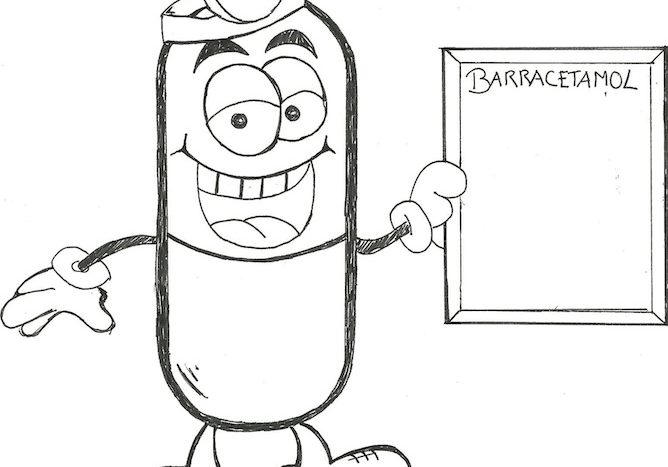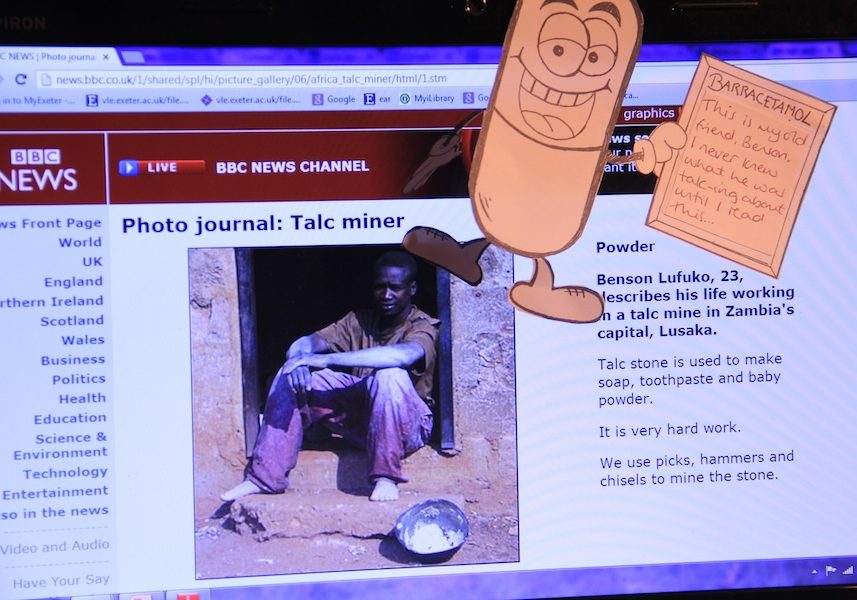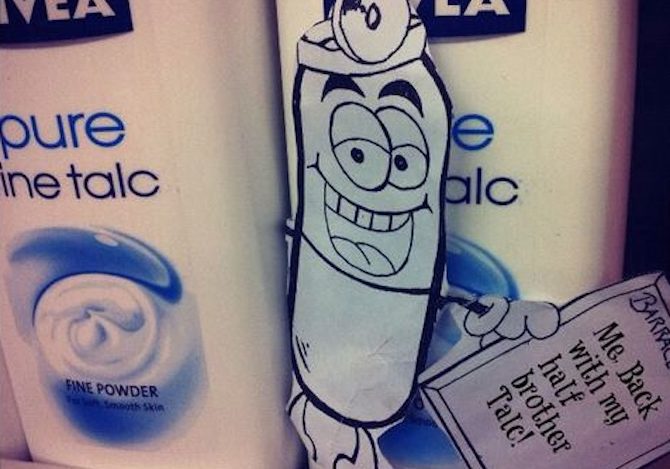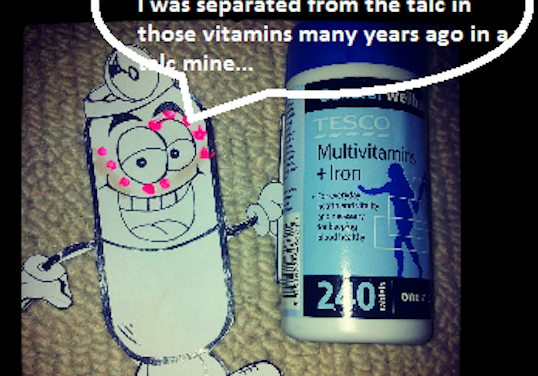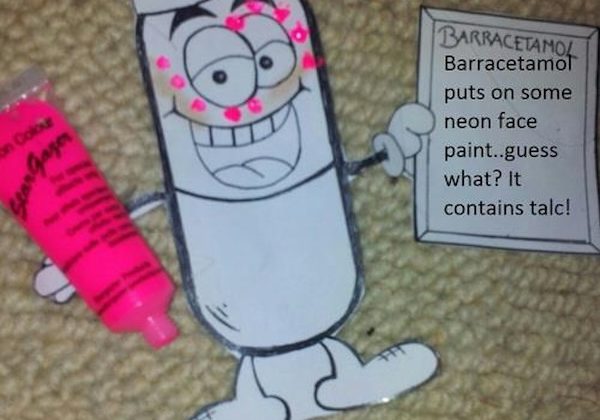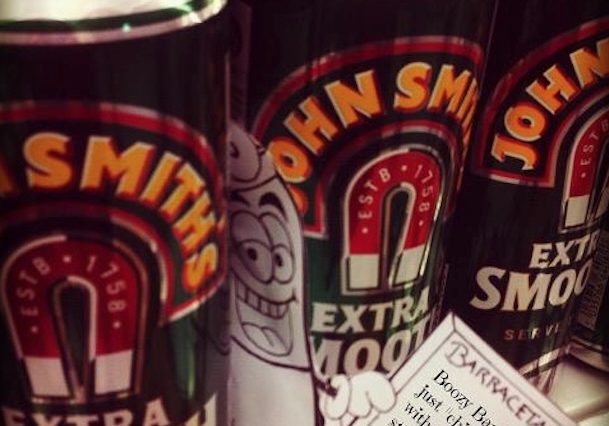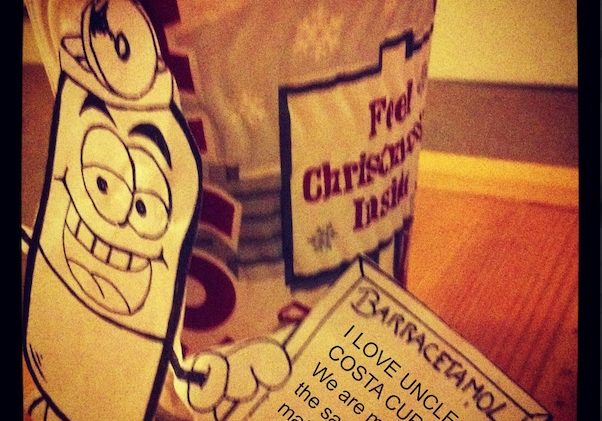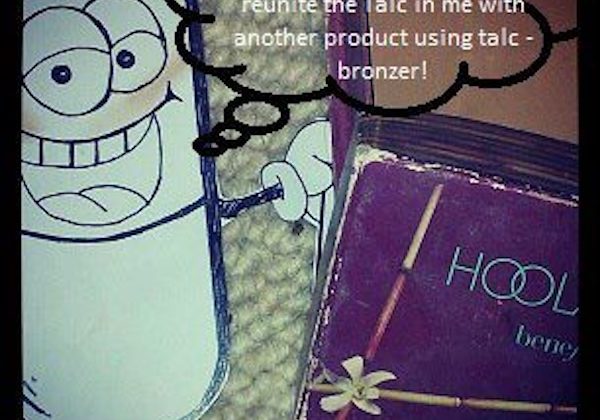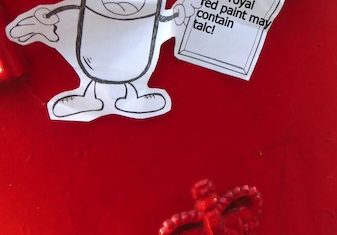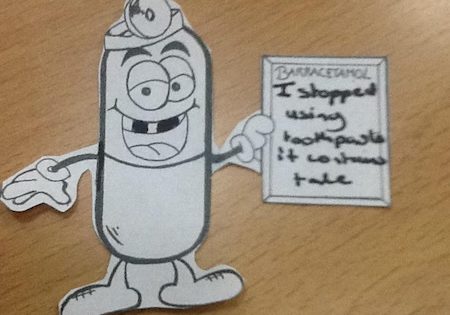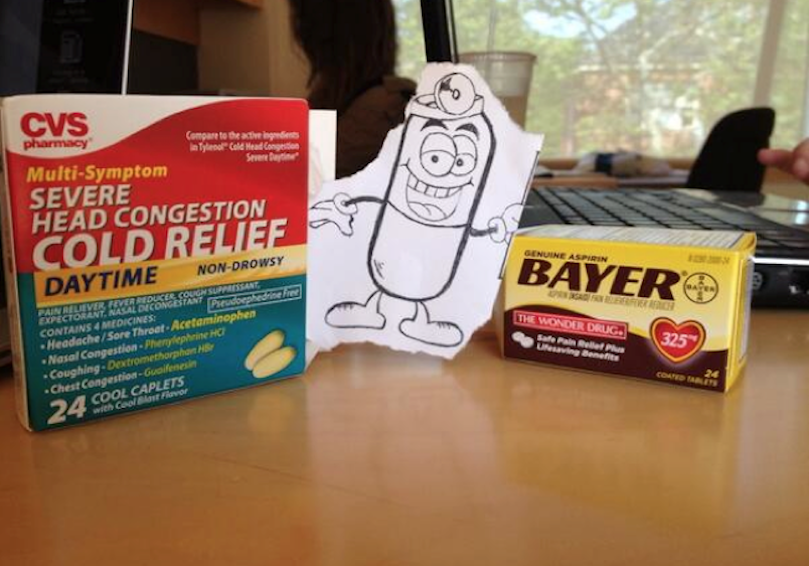

followthethings.com
Sport & Fitness
“The Nike Email Exchange (NEE)“
An email exchange between student Jonah Peretti and the Nike Corporation.
The full email exchange was posted online on shey.net. Screengrab above. Read the whole exchange here.
Student Jonah Peretti experiments with Nike’s offer to customise its shoes with words you type into its ID website. Most people would add their name or their team’s name but he wants to add the word ‘sweatshop’ to a pair of running shoes. He wants to do this so that he can ‘remember the toil and labor of the children that made my shoes’. Nike say no. Peretti replies, arguing it’s OK. They say no. He replies again, saying he hasn’t breached their ID guidelines. They say no again. They just won’t let him do it. So he forwards the conversation to friends by email. They forward it to friends, who forward it to their friends, who …. It’s posted on a website called shey.net (above) and, within six weeks, millions have read it. Next, he’s invited onto national US TV to debate sweatshops with a Nike executive. This is one of the most iconic examples of viral online trade justice activism that happens 3 years before facebook is founded. It’s also an iconic example of the activist tactic of ‘culture jamming’ – turning a brand’s values and identity against itself. Peretti didn’t consider himself (or what he did) to be ‘activist’, he was just messing around with the opportunity that Nike gave its customer to personalise their shoes. What he did became known as the ‘Nike Email Exchange’ (or NEE) and was a important part of a swarm of public criticisms of Nike’s record on labour rights – including Indonesian Nike factory worker Cicih Sukaesih’s North American speaking tour [see our page here] – that cemented its sweatshop reputation in the late 1990s and 2000s. It’s also an iconic example in trade justice activism research. Peretti gave researchers Dietlind Stolle and Michele Micheletti the email addresses of everyone to whom he sent the email string, and everyone who replied to it. They got in touch to ask them about the impacts that it had had on them as citizens and consumers. The publications that emerged from this helped establish a significant body of scholarship on what’s called ‘political consumerism’. After becoming a public figure through the NEE, Peretti continued to experiment with viral online media before setting up Buzzfeed in 2006.
Page reference: Edward Jennings, Alex Hargreaves, Matt Goddard, Amy Joslin, Millie Whittington & Charles Bell (2024) The Nike Email Exchange (NEE). followthethings.com/the-nike-email-exchange-nee.shtml (last accessed <insert date here>)
Estimated reading time: 73 minutes.
Continue reading The Nike Email Exchange (NEE) ![]()



